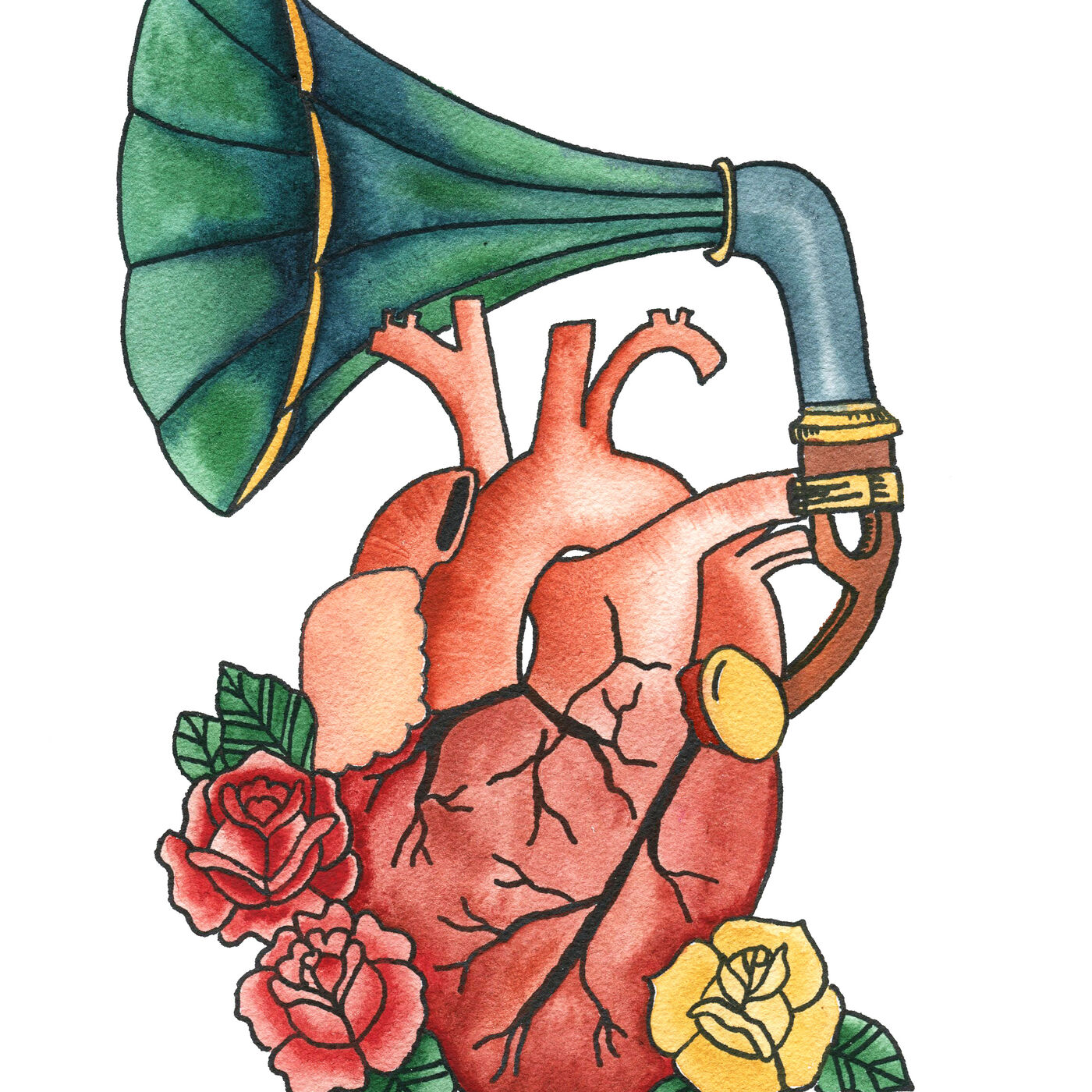- After-Shows
- Alternative
- Animals
- Animation
- Arts
- Astronomy
- Automotive
- Aviation
- Baseball
- Basketball
- Beauty
- Books
- Buddhism
- Business
- Careers
- Chemistry
- Christianity
- Climate
- Comedy
- Commentary
- Courses
- Crafts
- Cricket
- Cryptocurrency
- Culture
- Daily
- Design
- Documentary
- Drama
- Earth
- Education
- Entertainment
- Entrepreneurship
- Family
- Fantasy
- Fashion
- Fiction
- Film
- Fitness
- Food
- Football
- Games
- Garden
- Golf
- Government
- Health
- Hinduism
- History
- Hobbies
- Hockey
- Home
- How-To
- Improv
- Interviews
- Investing
- Islam
- Journals
- Judaism
- Kids
- Language
- Learning
- Leisure
- Life
- Management
- Manga
- Marketing
- Mathematics
- Medicine
- Mental
- Music
- Natural
- Nature
- News
- Non-Profit
- Nutrition
- Parenting
- Performing
- Personal
- Pets
- Philosophy
- Physics
- Places
- Politics
- Relationships
- Religion
- Reviews
- Role-Playing
- Rugby
- Running
- Science
- Self-Improvement
- Sexuality
- Soccer
- Social
- Society
- Spirituality
- Sports
- Stand-Up
- Stories
- Swimming
- TV
- Tabletop
- Technology
- Tennis
- Travel
- True Crime
- Episode-Games
- Visual
- Volleyball
- Weather
- Wilderness
- Wrestling
- Other
Ep. #518 - Ulotaront e i Recettori TAAR
Disponibile adesso “psiq: Salute Mentale: Istruzioni per l’uso”, il nuovo libro del Dr. Valerio Rosso: https://bit.ly/psiqVR oppure anche https://www.psiq.it<br /><br />ULOTARONT è una nuova molecola dal notevole potenziale: a breve potrebbe essere utilizzata come antipsicotico e come ansiolitico.<br /><br />Ulotaront si basa sull'agonismo relativo ai recttori TAAR, in particolare al recettore TAAR1, e fa parte di una serie di nuovi psicofarmaci.<br /><br />Il sistema dei recettori TAAR (Trace Amine-Associated Receptors), in particolare il sottotipo TAAR1, riveste un ruolo cruciale nel sistema nervoso centrale e periferico. I recettori TAAR sono una classe di recettori accoppiati alle proteine G, espressi in diverse regioni cerebrali e in vari tessuti periferici. Il TAAR1 è particolarmente noto per il suo coinvolgimento nella regolazione dei neurotrasmettitori, come la dopamina e la serotonina, influenzando quindi l'umore, il comportamento e la cognizione.





















